 Recurrent pilonidal sinus disease: medium-term outcome after Karydakis flap procedure El-Haddad HM, Khalaf H - Egypt J Surg
Recurrent pilonidal sinus disease: medium-term outcome after Karydakis flap procedure El-Haddad HM, Khalaf H - Egypt J SurgWarning: The NCBI website requires JavaScript to operate. The risk of recurrence of Pilonidal disease after surgical management Feras M. AlmajidFrom the Department of Surgery, King Fahd Hospital of the University, University of Dammam, Alkhobar, Kingdom of Saudi ArabiaAbdullah A. Alabdrabalnabi From the Department of Surgery, King Fahd Hospital of the University, Dammam University, Alkhobar, Kingdom of Saudi ArabiaKhalifa A. AlmulhimFrom the Department of Surgery, King Fahd Hospital of the University, University of Dammam, Alkhobar, Kingdom of Saudi ArabiaAbstract Objectives: To estimate the rate of recurrence of the Pylonidal disease (PND) and to evaluate the associated predictors of recurrence. Methods: This is a retrospective study carried out at the King Fahd Hospital of the University of Alkhobar, Kingdom of Saudi Arabia, for a period of 10 years from January 2003 to December 2013. Results: A study of 366 with PND, 19 of them were identified as secondary and excluded cases. Most of the patients involved were Saudis (82.1%), singles (87%) and men (93.1%). The average age of the sample was 23 ± 8 years, and the average body mass index (BMI) was 29.7 ± 6 Kg/m2. General rate of recurrence after the surgical administration was found in 25 patients (7.2%). By logistical regression to the recurring group, young age group, prolonging the sitting and BMI may increase the likelihood that the disease will occur again. Conclusion: Pulmonary disease still has challenges in its management. Treatment should depend on the extent and severity of the disease. The rate of recurrence in this study is approximately 7.2%. The most predominant factors associated with recurrence were to prolong the seated work, the youth group and the high BMI. Pilonidal is literally the Latin words pilus and nidus which means a nest of hair. Pylonidal disease (PPND) is a common clinical problem that leads to lower labor productivity, especially in healthy young adults. It is defined as an infection under the skin that usually occurs in the gluteal region. It is also reported that it occurs in umbilicus and interdigital spaces., The incidence reaches 26/100,000 people with male predominance of 3:1. It can occur as acute inflammation with a collection of pus, or a chronic breast that is chronic draining pus. However, the disease can be asymptomatic and mistreated. In a monitoring study of approximately 19013 candidates, pilonidal sinus was detected at approximately 6.6 per cent of the candidates. The aim of this study is to estimate the rate of recurrence of the disease and to evaluate the associated predictors of recurrence. MethodsThis study is a retrospective study that reviews all primary NDP cases that were managed at the King Fahd Hospital of the University of Alkhobar, Kingdom of Saudi Arabia during the period from January 2003 to December 2013. We got the approval of the institutional review board of the University of Dammam for the study. The correction of the confirmed diagnosis correlates the theatrical note and the download summary. Data collection includes patient demographic data, clinical presentation, clinical management and recurrence rate. In this study, prolonging the sitting work is defined as the work, which requires sitting for more than 6 hours a day as a car driver, student, etc. All the cases submitted with NDP and previously treated were excluded from this study. All cases of inflammatory bowel disease, suppurative hydrantitis, perianal fistula, rauncle or carbuncle were excluded. Patients who had recurrent disease were diagnosed by following up the outpatient clinic if one of the following characteristics developed as prescribed by Doll et to complete healing of the wound postoperatively, without a history of trauma after healing the wound, developing a hard criterion (surgery intervention, formation of a new breast, presence of hair in a sinusal opening and discharge of pus), or 2 mild criteria (smoulding). The sample was assigned in 2 groups; acute and chronic. For this study, the definition of diagnosis of acute NDP is the presence of acute inflammation or acute collection; with or without breast while chronic disease presents with an intermittent or chronic drainage of pus. The surgical technique described in the operating note was either the open or primary midline closure. The open technique is a wide excision of the pylonidal sinus with leaving the wound to be cured by secondary intent. The other technique was the split of the breast with the primary closing of the middle line. Data analysis was carried out using the statistical package for version 20 (IBM Corp., Armonk, NY, USA). Ritmic meaning used as a summary of quantitative data. The standard deviation used as a dispersion measure. Chi-square test and T student test used for analytical statistics. The Kaplan-Meier Statistics Chart was used to estimate the recurrence rate for a period. Multiple regression was applied to determine the significant predictor of recurrence. The P value of ≤0.05 was considered significant for any statistical analysis. Results 366 NDP cases were assigned, 19 of them were identified as secondary NDPs and excluded. The remaining 347 primary cases were involved in this study. The overall recurrence rate after surgical treatment found in 25 patients (7.2%). The vast majority of the sample were male (93.1%), Single (87.0%), and Saudi (82.1%). Approximately one third of the sample has a prolongation work. One hundred and twenty-seven of the sample presents as acute disease and requires urgent surgical intervention. The remaining 220 patients were presented as a chronic disease and were administered electively, as shown in the demography. Table 1 Demographic Characteristics of 347 Patients with Pylonidal Disease. Average follow-up period of 2 weeks (1 to 85 weeks) of 347 patients involved in the study until the end of the study period of December 2013. Within 85 weeks, 7.2 per cent had a PND recurrence during follow-up. shows the Kaplan-Meier curve of the cumulative recurrence rate in PND during the 1.6 years following the discharge with a wide separation between the 2 treatment curves and the highest recurrence rate at the end of the study with the middle line primary closure. Kaplan-Meier curve of recurrent pilonidal disease in patients after discharge; p=0.17 log-rank test. Surgical intervention of almost all cases of acute disease was the drainage of the collection with the opening of the wound to be cured by secondary intent, except for 5 cases it was subjected to the closure of the wound on a drainage. On the other hand, 45.8 per cent of patients with chronic disease were administered with sinus closure excision and the primary average wound line. The average hospital stay of patients was 4.4 ± 4.6 days (). Table 2 Surgical management of acute and chronic groups. A logistic regression was made to determine the effects of age, gender, occupation, smoking, body mass index (BMI), chronicle, type of operation, measurement of the depth of intraop and postoperative antibiotics on the likelihood that participants will have NDP recurrence. The logistic regression model was statistically significant, χ2(4)=40.640, pYoung age was associated more likely to present recurrence in 1.19 times. The depth measurement by blue methylene showed 0.27 decrease in probability of recurrence with a statistical significance of 0.03. A BMI with a p value of 0.05 can also play a role in the recurrence of the disease as shown in .Table 3 logistic regression for predictor factor of recurrence. Debate The PND's pathogenesis is still in the debate. It could result from a congenital sinus of a failure of the primitive ectoderm's coalition. However, most surgeons accept Karydakis' theory that the disease is acquired with hair penetration plays the basic role of the disease. It depends on 3 factors. loose hair plays the first factor as invasive, which applies some force that is inserted into the skin depending on its vulnerability., The occupation of the patient can also play a role in the development of the disease, in the members of the military service, 11% of the cases develops recurrence. Levinson et al found that male combatant and female driver have the highest risk of developing PND among soldiers. Many factors found an association with the NDP. The history of the family is one of the unchangeable risk factors for the development of the NDP., In addition, prolonging the seat or driving more than 4 to 6 hours with fewer baths per week considered as a risk to NDP., Bolandparvaz et al. overweight with BMI more than 25 Kg/m2 to be significantly associated with the development of NDP. Weight reduction and regular baths are important preventive measures to reduce the incidence of disease risk. Our study shows a high mean BMI of 29.7 ± 6 Kg/m2. The PND surgical procedure can be performed using general or spinal anesthesia without any difference between them in the recurrence rate or postoperative pain. When PND has an asymptotic medium-line seal, the German National Guidelines do not advocate surgery to treat these cases as it has no advantages over the surgery of symptomatic patients in terms of lower recurrence rate. The acute presentation of PND with the collection of pus should be treated with incision and drainage such as the administration of batteries with delay of final treatment after the resolution of local inflammation.- However, the addition of skin and curattage excision to the incision and drainage of the pilonidal abscess shows a decrease in the rate of recurrence with chronic sinus. Hussain et al successfully treated the collection of acute abscess with aspiration and administration of antibiotics in order to avoid urgent surgery and leave the wound open. Most of the acute cases in our study managed with drainage and put the technique of the wound. Many surgical techniques prescribed for the treatment of chronic pylonidal sinus that involves a wide split with the discharge of the open wound, limited excision with synusectomy or synotomy, the primary middle line or the closure outside the middle line and the procedures based on the casting. The ideal technique should be simple, less painful, low-cost, can be performed under local anesthesia with low recurrence rate and shorter time to return to daily activities. Meta-analytic studies showed a lower rate of recurrence of broad excision leaving the wound open compared to primary closure. However, the healthier primary closure wound., Offline closure has a clear favor on the closing of the middle line in terms of lower recurrence rate, wound infection rate and wound dehiscence.- Practice guidelines advocate that the off-line closure be the standard measure when deciding to close the wound., The American Society of Colorectal Surgery lets the treatment method be based on the surgeon and the patient's preference, while the solebase procedure is used for complex chronic disease and multiple recurrences. Milone et when they studied the use of drainage in PND surgery and found no benefit from using drainage in the decrease in the rate of infection or recurrence. A minimally invasive procedure is emerging to treat the sacrococcygeal pilonidal breast using endoscopy with video help. It shows being effective, safer, with a faster return to work and daily activities., Postoperative care of wounds is one of the important measures studied in literature. Biter et al did not show a benefit of using the negative pressure wound device on the standard wound dressing in the fasting of healing time. The application of the local gentamicin collagen sponge on the wound may decrease the rate of surgical infection of the site without influence in the recurrence of the disease. The use of laser depilation continues to lack reliable data to support your recommendation. Doll et al's study stated that recurrence could be up to 22 years with long follow-up, however, it is not practical to follow every patient for 22 years. Three quarters of the recurrence will occur in the first 5 years after surgery. Smoking and BMI do not have a statistical influence on wound healing or disease recurrence., Alptekın et al show a higher rate of recurrence that can be found when the higher volume of specimens was excited. This study shows a recurrence rate of 7.2% with an average follow-up of 1.6 years. The study was limited by a relatively small study population that was taken from a specific geographical area with sampling of convenience and short follow-up time than other studies. In conclusion, the NDP continues to have problems in its management. Treatment should depend on the extent and severity of the disease. The rate of recurrence in this study is approximately 7.2%. The most predominant factors associated with recurrence were to prolong the seated work, the youth group and the high BMI. Recognition The authors thank Ibrahim A. Alsultan, Ridha H. Alghnnam and Mohammed A. Alabandi of the University of Dammam, Dammam, Kingdom of Saudi Arabia for his contribution in the form of data collection, entry and proof of medical records correction. Footnotes of page Disclosure. The authors have no conflict of interest, and the work was not supported or funded by any drug company. ReferencesFormats: Share , 8600 Rockville Pike, Bethesda MD, 20894 USA
Accessibility links Search results Karydakis Flap procedure in patients with Sacrococcygeal ...Excision of the Sino Pilonidal (Flap de Homboid) - YouTubeExcision of the Sin Pilonidal and Primary Closure - YouTubeComparison Between Laying Open and Sinus Excision of the ...

Recurrent chronic PNS (white arrow) in a 36- year-old female patient.... | Download Scientific Diagram
Pilonidal Sinus | Colorectal Surgeons Sydney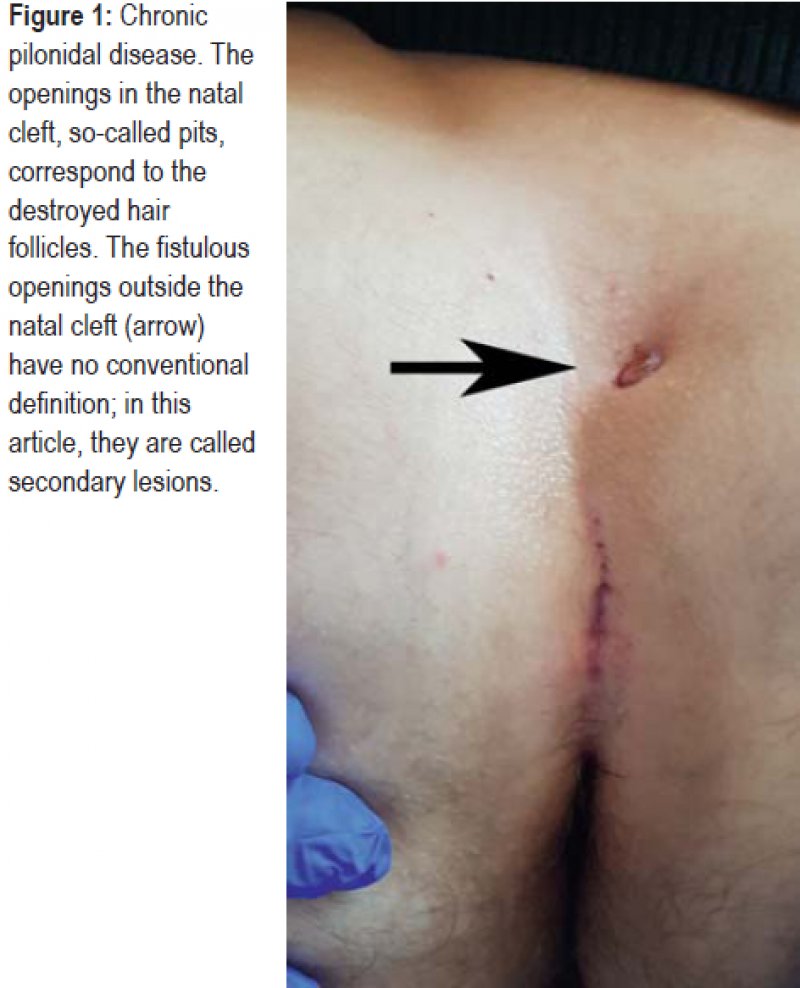
The Management of Pilonidal Sinus (07.01.2019)
Laser pilonidotomy — a new approach in management of complex pilonidal sinus disease: an exploratory study - ScienceDirect
Recurrent pilonidal sinus disease: medium-term outcome after Karydakis flap procedure El-Haddad HM, Khalaf H - Egypt J Surg
Pilonidal Sinus: How to Check Recurrence
Nd-YAG laser treatment of primary and recurrent pilonidal sinus | Semantic Scholar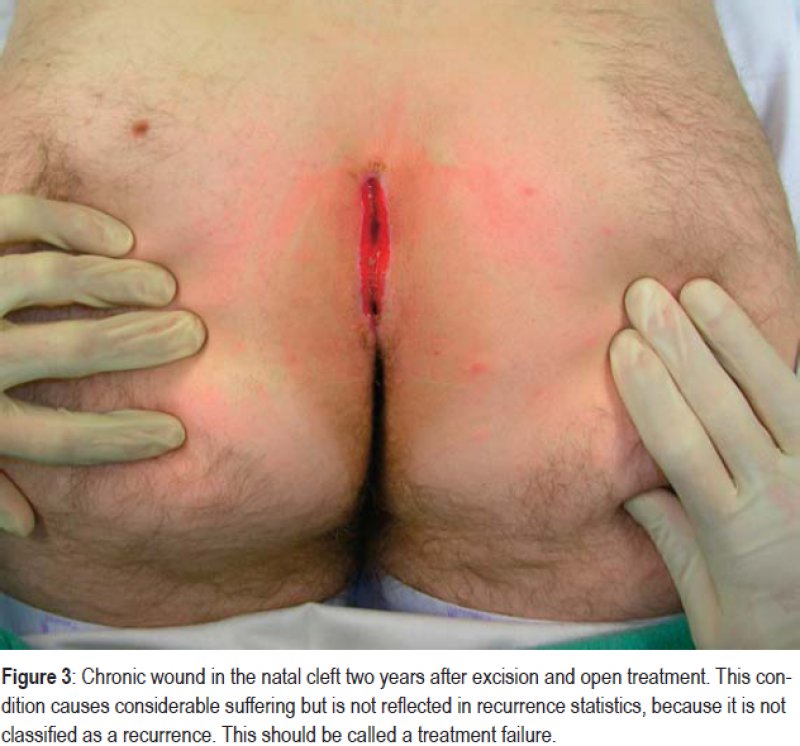
The Management of Pilonidal Sinus (07.01.2019)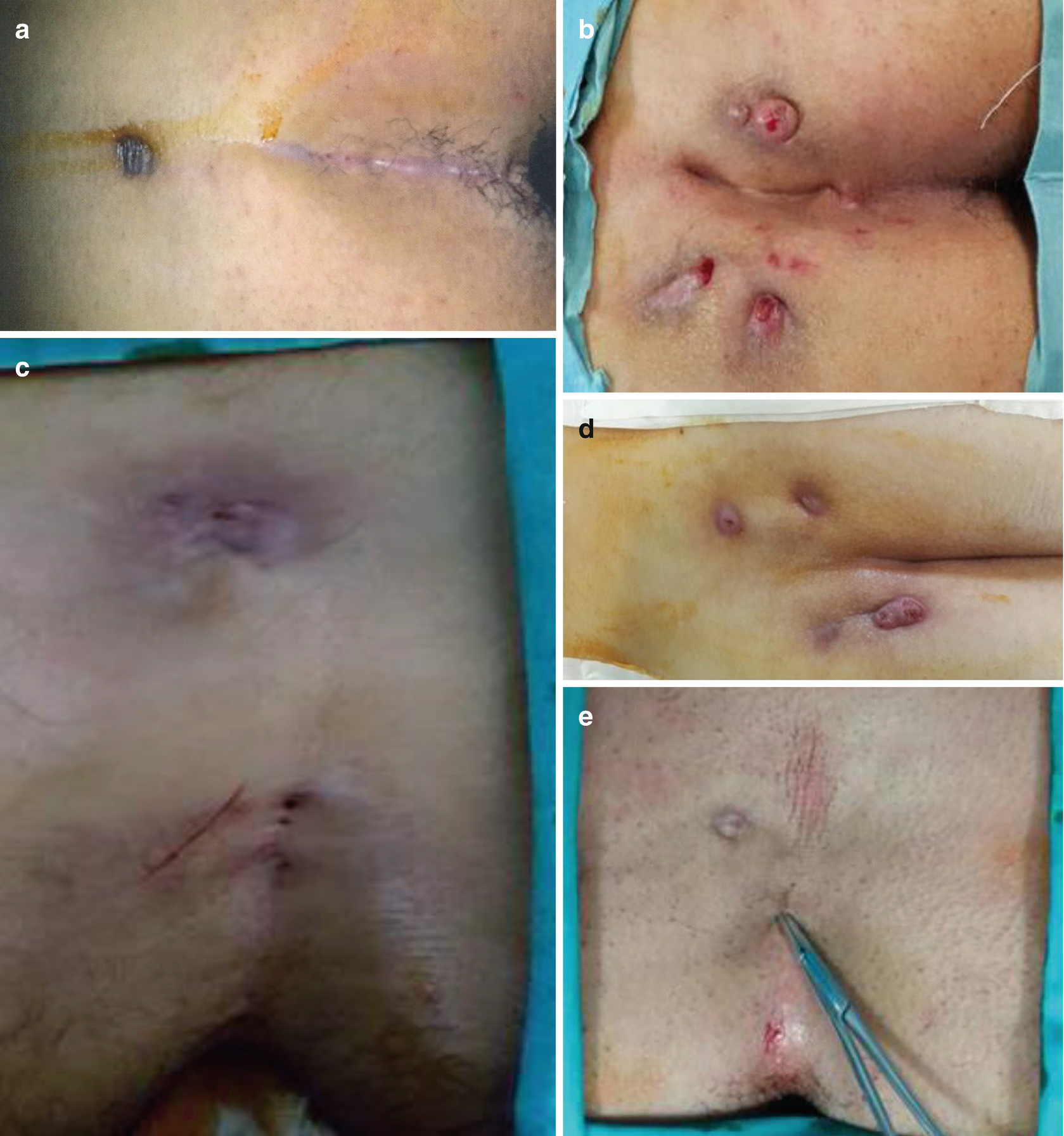
Minimally Invasive Surgical Approach to Complicated Recurrent Pilonidal Sinus | SpringerLink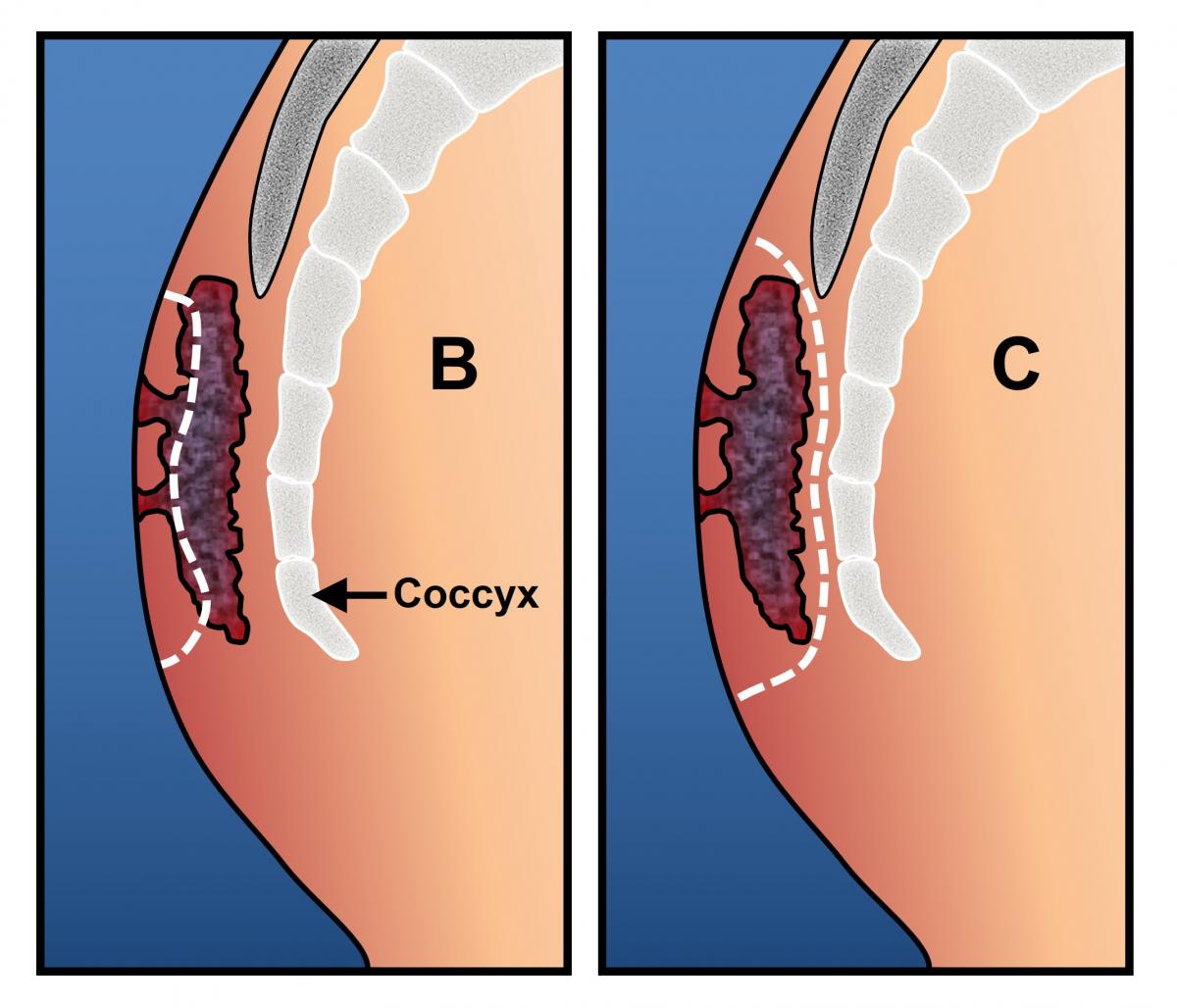
Pilonidal Disease | ASCRS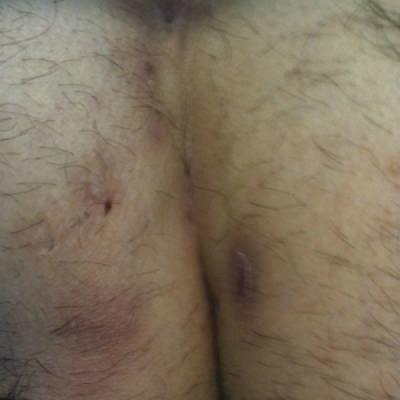
Treatment Options for Pilonidal Sinus | MDedge Dermatology
Excision of a chronic pilonidal sinus and primary symmetric midline... | Download Scientific Diagram
Pilonidal Sinus: How to Check Recurrence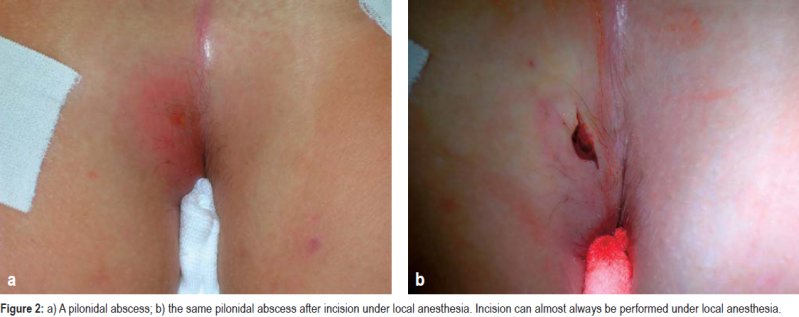
The Management of Pilonidal Sinus (07.01.2019)
Endoscopic pilonidal sinus treatment (E.P.Si.T.): a minimally invasive approach | Journal of Coloproctology
International Pilonidal Sinus Disease Conference
Pilonidal Sinus: How to Check Recurrence
Laser pilonidotomy — a new approach in management of complex pilonidal sinus disease: an exploratory study
Frontiers | Pediatric Endoscopic Pilonidal Sinus Treatment (PEPSiT) in Children With Pilonidal Sinus Disease: Tips and Tricks and New Structurated Protocol | Pediatrics
Pit-picking resolves pilonidal disease in adolescents - Journal of Pediatric Surgery
Pilonidal sinus disease
What is your favoured technique for treating pilonidal sinus disease? What parameters do you use to choose between different techniques?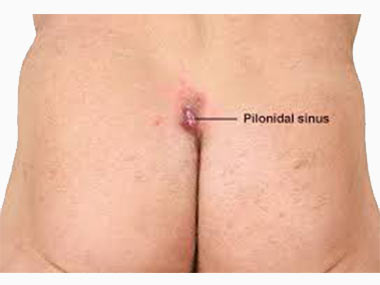
Wirral Surgeon - Conditions Treated | Pilonidal Disease
Pilonidal Sinus 9 Tips To Avoid Pilonidal Sinus Recurrence | A patient's experience
JPMA - Journal Of Pakistan Medical Association
Pediatric Endoscopic Pilonidal Sinus Treatment: An Effective Procedure for Children with Recurrent Pilonidal Sinus Disease After Failed Open Surgery | Journal of Laparoendoscopic & Advanced Surgical Techniques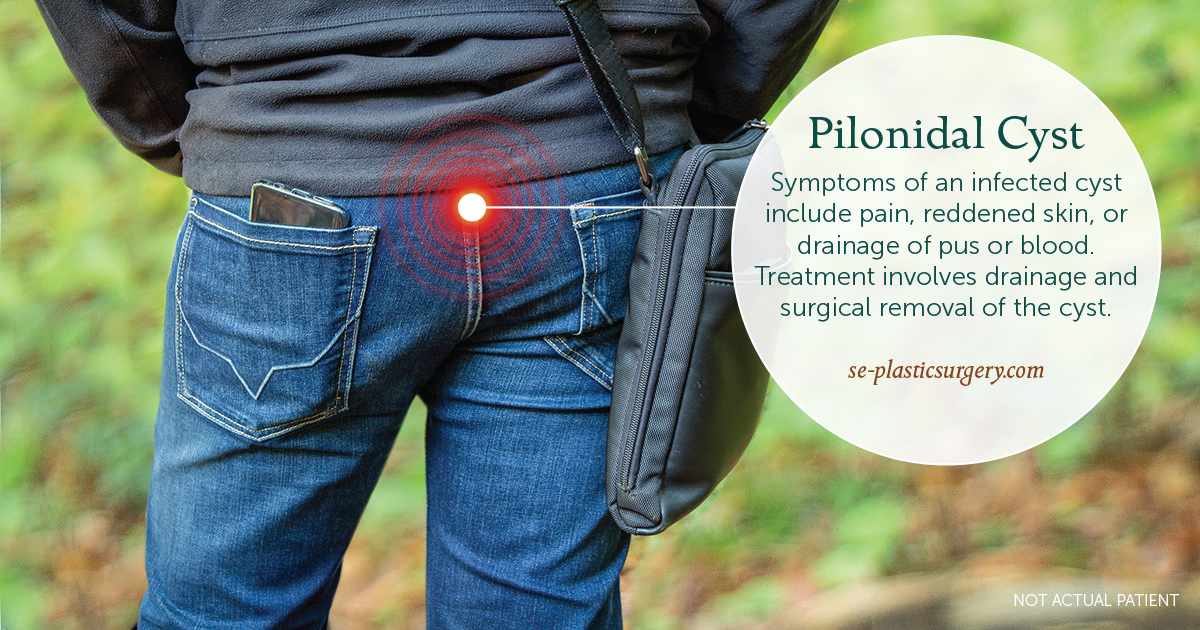
Pilonidal Cyst Surgery at Southeastern Plastic Surgery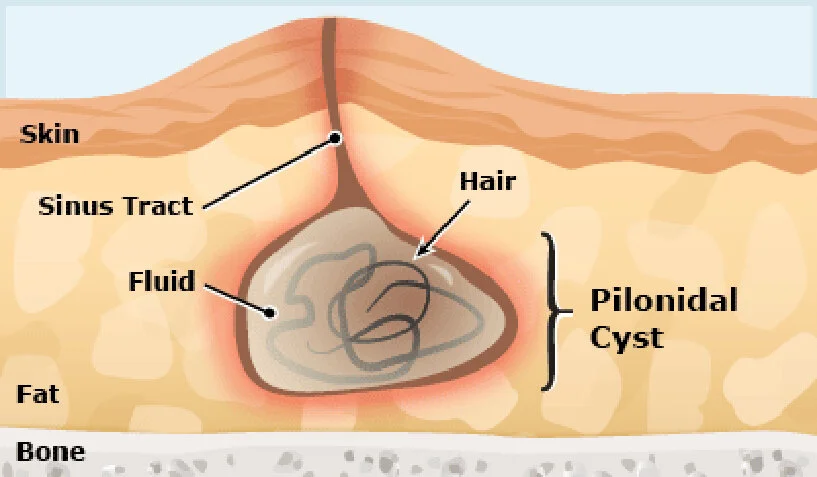
Pilonidal Sinus Disease — Dr Terence Chua · General Surgeon & Colorectal Surgeon · Brisbane Gold Coast Queensland
Rhomboid Flap Repair for recurrent Pilonidal Sinus - English - YouTube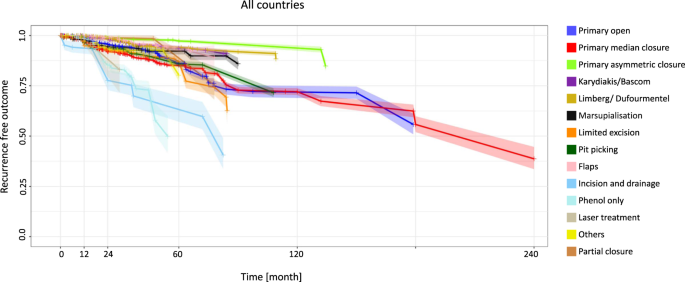
Impact of geography and surgical approach on recurrence in global pilonidal sinus disease | Scientific Reports
Common surgical procedures in pilonidal sinus disease: A meta-analysis, merged data analysis, and comprehensive study on recurrence. - Abstract - Europe PMC
Reducing the recurrence of pilonidal sinus disease | Nursing Times
Figure4 | The BMJ
What Is Pilonidal Cyst? Symptoms, Causes, Diagnosis, Treatment, and Prevention | Everyday Health
Internet Scientific Publications
Pilonidal Sinus: How to Check Recurrence
Figure 2 from Successful Treatment of Recurrent Pilonidal Sinus with Laser Epilation | Semantic Scholar
Pilonidal Cyst - Mankato - Mayo Clinic Health System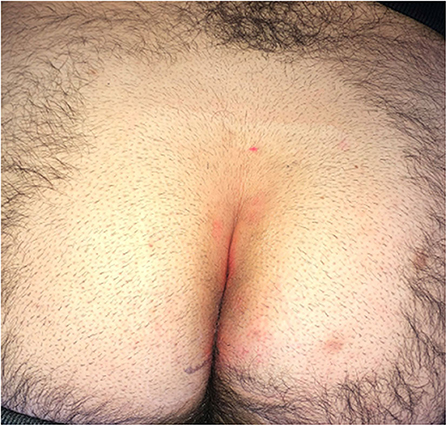
Frontiers | Pediatric Endoscopic Pilonidal Sinus Treatment (PEPSiT) in Children With Pilonidal Sinus Disease: Tips and Tricks and New Structurated Protocol | Pediatrics
Cureus | The Surgical Management of Pilonidal Disease is Uncertain Because of High Recurrence Rates
 Recurrent pilonidal sinus disease: medium-term outcome after Karydakis flap procedure El-Haddad HM, Khalaf H - Egypt J Surg
Recurrent pilonidal sinus disease: medium-term outcome after Karydakis flap procedure El-Haddad HM, Khalaf H - Egypt J Surg




































Posting Komentar untuk "pilonidal cyst recurrence after surgery"